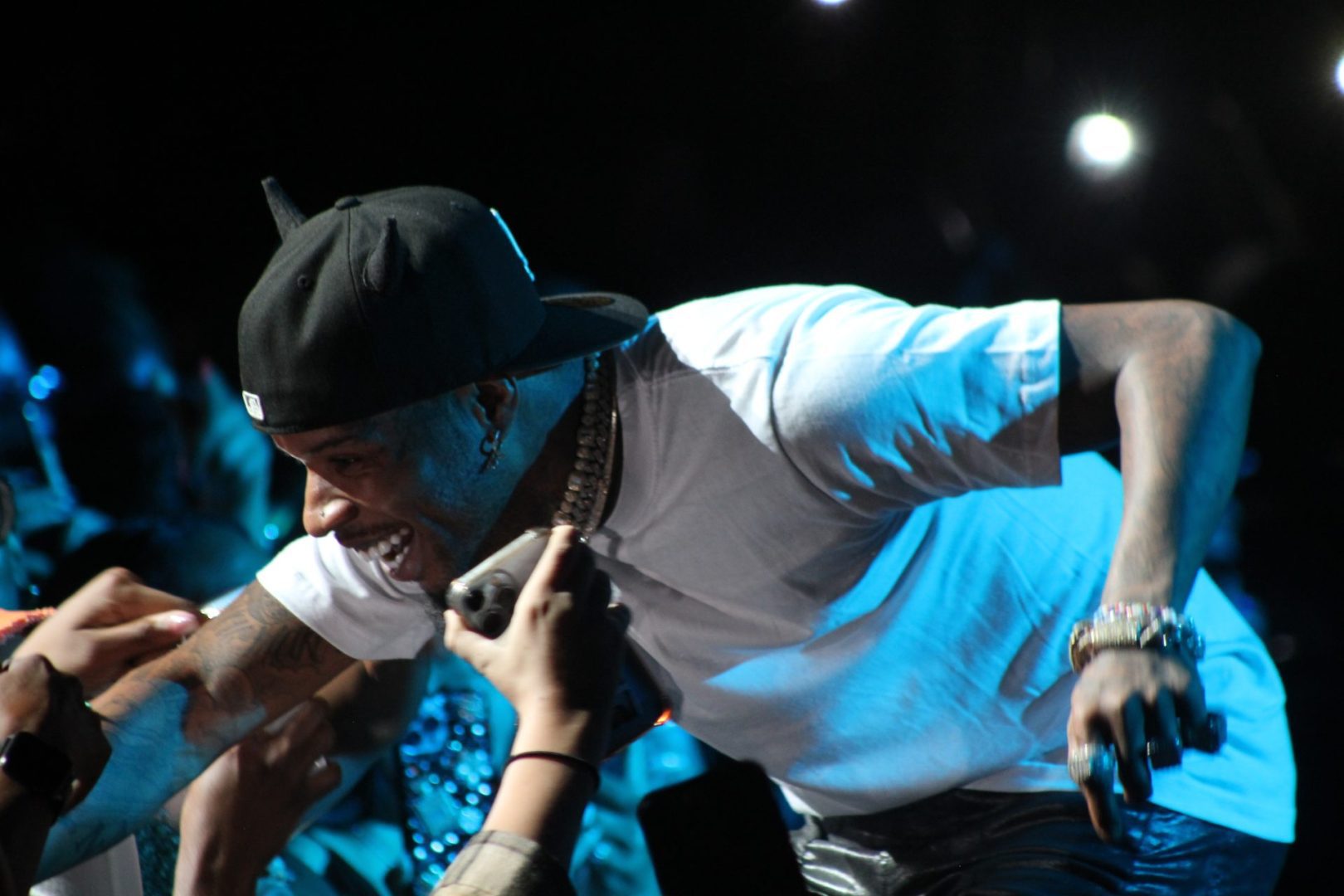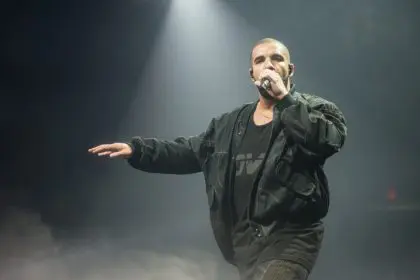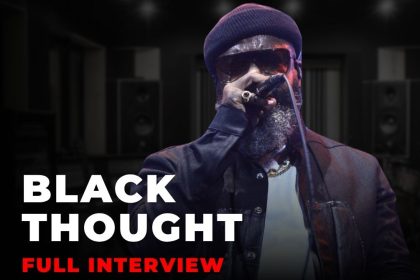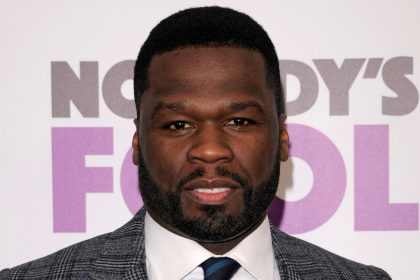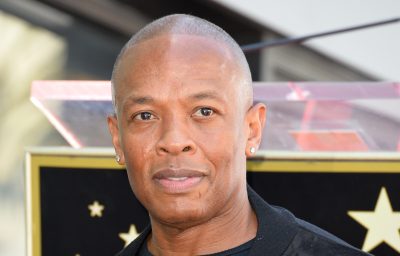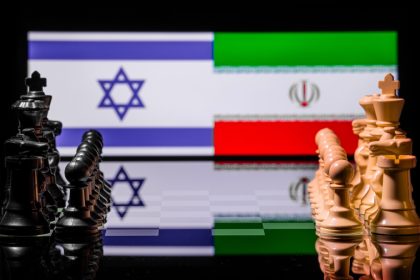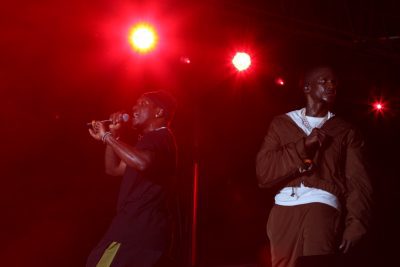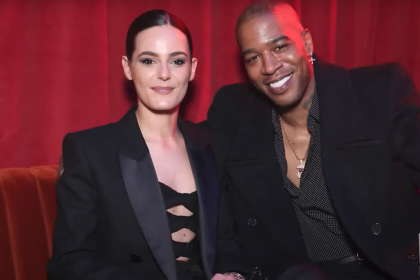A chaotic scene unfolded on February 25, 2025, when Tory Lanez, the Canadian rapper serving time for the shooting of Megan Thee Stallion, experienced a sudden interruption during a prison recording session. As Lanez attempted to capture verses for a new track, a riot erupted in his vicinity, forcing an abrupt end to his creative work and adding another layer of complexity to his already controversial incarceration.
The unexpected studio shutdown
The disruption occurred while Lanez was in the middle of recording, with footage obtained by TMZ showing the rapper delivering lyrics as disorder broke out around him. Prison staff quickly moved to contain the situation, deploying pepper spray to regain control of the area as Lanez was forced to abandon his improvised recording setup.
The timing of the incident raised questions about security protocols within the facility, particularly regarding how Lanez had managed to establish a recording space despite previous enforcement actions. Neither Lanez nor California prison officials have issued formal statements addressing the circumstances surrounding the riot or its specific causes.
This dramatic interruption represents the latest obstacle in Lanez’s ongoing attempts to maintain his artistic output while serving his sentence. The visual contrast of a recording session juxtaposed against a prison riot has captured significant public attention, highlighting the unusual circumstances of his continued musical pursuits.
Repeated equipment confiscations
This incident follows earlier complications in Lanez’s prison recording efforts, including a cell raid that resulted in the seizure of his equipment. Ceasar McDowell, who serves as CEO of Unite the People and is part of Lanez’s legal representation, confirmed that prison regulations explicitly prohibit inmates from possessing recording devices due to various security concerns.
Lanez has previously voiced frustration regarding these confiscations, suggesting they represent deliberate attempts to silence his creative expression rather than standard security measures. The persistent cycle of acquiring equipment, recording, and subsequent confiscation illustrates the determination behind his artistic pursuits despite institutional resistance.
The rapper’s ability to repeatedly obtain recording equipment despite these setbacks raises questions about prison security protocols and the special challenges presented by high-profile inmates with substantial outside resources and connections. This pattern of confiscation and replacement has become a recurring theme in his incarceration narrative.
The prison tapes project pause
Following the riot, Lanez announced through his Instagram account that his project titled “The Prison Tapes” would be temporarily suspended. In his statement, he acknowledged the suspension while emphasizing the importance of transparency regarding his situation: “The rumors are true. The Prison Tapes will be discontinued until further notice. However, I think it’s important that my fans know the truth about the crooked ass shit that’s really going on here.”
This public message offered rare insight into the frustrations faced by the rapper while attempting to maintain both his artistic identity and advocacy work from behind bars. The pause in his recording project represents a significant setback for initiatives that extended beyond music into social justice efforts.
Despite the interruption, Lanez’s statement indicated his commitment to eventually resuming the project once circumstances permitted, suggesting that this suspension represents a tactical retreat rather than an abandonment of his goals. The temporary nature of the announcement leaves open the possibility of future recordings when conditions improve.
Legal advocacy achievements
Perhaps most surprising in Lanez’s prison narrative is his transition into legal advocacy for fellow inmates. According to his social media statements, the rapper has directed his efforts toward providing legal representation for incarcerated individuals from marginalized communities, with a particular focus on those he believes have received unfair treatment within the justice system.
Lanez claimed significant success in these efforts, stating that he has facilitated legal representation for 472 inmates and contributed to reopening 476 cases. Though these numbers cannot be independently verified, they suggest a substantial impact if accurate. His plan involved using proceeds from his prison recordings to fund legal aid for inmates seeking to appeal their sentences.
His advocacy work appears motivated by firsthand observations of the prison system. “Since the first day I was incarcerated, all I’ve seen is blacks and other minorities receive the most cruel, illegal, and unfair punishment/treatment,” Lanez wrote in a social media post explaining his motivations. This perspective transformation from music star to inmate advocate represents a significant evolution in his public persona.
Systemic critiques from inside
Beyond his individual circumstances, Lanez’s experience illuminates broader questions about justice system inequities, particularly concerning young Black and Brown individuals. His transition from controversial figure to advocate has created an unexpected platform for discussions about systemic reform from the perspective of those directly affected by incarceration.
His efforts to leverage his celebrity status and resources to benefit others in similar circumstances have resonated with supporters who see value in his advocacy work regardless of their opinions about his criminal case. This transformation of personal adversity into community advocacy represents a complex narrative that challenges simple characterizations of his time in prison.
While many public figures express support for criminal justice reform from positions of freedom, Lanez’s perspective comes from within the system itself, lending his critiques a different kind of credibility among those sympathetic to his cause. His continued ability to communicate with the outside world ensures these messages reach an audience that might otherwise remain disconnected from the realities of incarceration.
The February riot incident and subsequent recording interruption represent just one chapter in Lanez’s evolving prison narrative, combining elements of artistic persistence, institutional resistance, and unexpected advocacy. As he continues navigating the constraints of incarceration, the intersection of his music career with newfound social justice work creates a complex portrait of adaptation to challenging circumstances.
Whether his legal advocacy achievements will ultimately overshadow the controversies that led to his incarceration remains uncertain, but his determination to create meaning and impact despite his circumstances has undeniably added unexpected dimensions to his public persona. As his sentence continues, observers from both the music industry and criminal justice reform movements will be watching to see how his dual roles as artist and advocate continue to develop amid the unpredictable environment of prison life.

